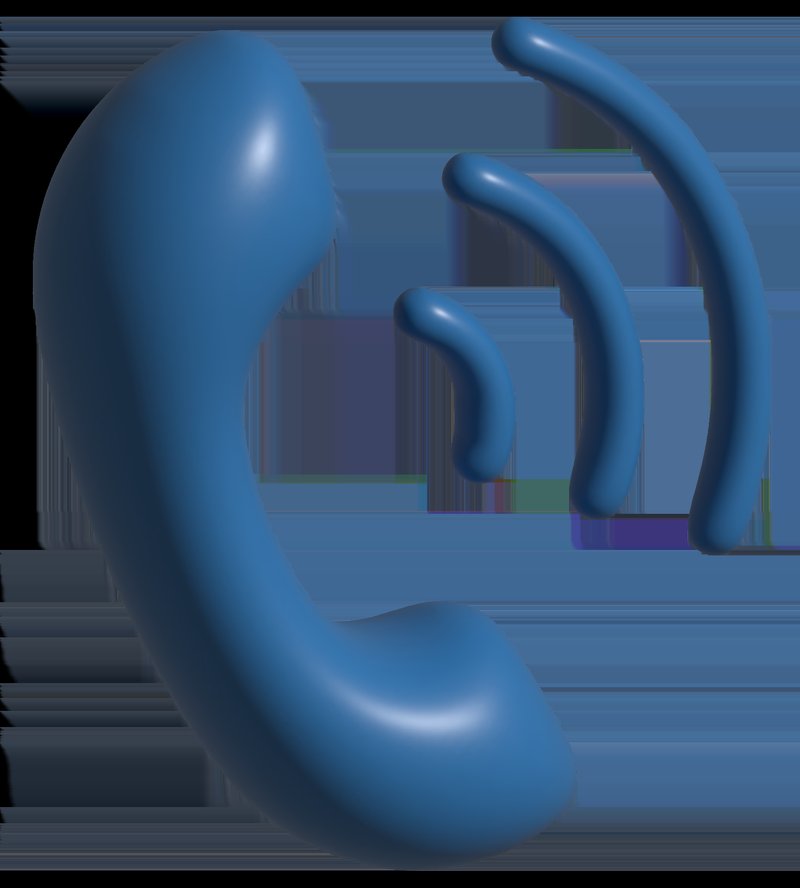
Imagine your oven is like a trusty car. Just as your car might flash a check engine light when there’s an issue, your LG oven uses error codes. The F1 error can signal several things—it might be a general failure or a more specific problem like a faulty sensor or a wiring issue. Either way, it’s telling you that it’s time to give it some love and care.
Understanding the F1 Error Code
Here’s the deal: the F1 error code can pop up due to a variety of issues, but the most common is a problem with the electronic control board. Think of this part as your oven’s brain. If it’s confused or malfunctioning, the oven can’t function properly. Issues with the control board might happen because of electrical surges, normal wear and tear, or even a faulty component.
You might be wondering, “Can’t I just ignore it and keep cooking?” Well, it’s tempting to want to sweep it under the rug, but ignoring the F1 code can lead to more significant problems down the line. Just like ignoring a check engine light can turn a minor car repair into a major one, postponing a call to a technician could mean more costly repairs in the future.
Sometimes, the F1 error could also be due to a sensor failure. The temperature sensor, for instance, tells the oven how hot it should get. If it’s not working, your oven can’t cook efficiently—imagine trying to bake cookies with a broken thermometer! It’s either going to be undercooked or burnt, neither of which is ideal.
When to Try Fixing It Yourself
Now, before you reach for your phone to call in the pros, there are a few things you can try at home. First, a simple reset might do the trick. Just turn off the oven’s power for a few minutes. It’s like rebooting your computer when it’s acting up. Once you power it back on, check if the error code has disappeared.
If the code persists, check for any loose or damaged wiring. Only do this if you’re comfortable and ensure the oven is unplugged—safety first! Sometimes wires can shake loose or wear out over time, leading to intermittent issues that manifest as error codes. Tightening these connections or replacing damaged wires might solve the problem.
Another thing to consider is whether there’s been a recent power surge. These can sometimes confuse the control panel, causing it to display error codes. If that’s the case, a surge protector could be a good investment moving forward to prevent future issues.
Signs It’s Time to Call a Technician
Sometimes, despite your best efforts, the F1 error code remains stubbornly on display. If you’ve tried resetting the oven and checked for obvious electrical issues with no success, it might be time to bring in a professional. Think of it like calling a mechanic when your car just won’t start no matter how many times you turn the key.
Perhaps the oven still functions but is behaving oddly—like it heats unevenly or doesn’t maintain temperature well. These problems might stem from deeper issues that require a technician’s expertise. They can accurately diagnose and fix the problem, ensuring that your oven works like new.
Moreover, if your oven is still under warranty, calling a technician is often the best course of action. Attempting complex repairs on your own might void any warranty, leaving you with costly repairs in the future.
Preventative Measures and Final Thoughts
So, what can you do to avoid encountering the F1 error code again? Regular maintenance is key. Just like you’d routine service your car to avoid unexpected breakdowns, regular checks on your oven can prevent many common issues.
Avoid overloading electrical outlets near your oven, as this can cause power surges that might damage sensitive components like the control board. Additionally, keeping the oven clean and free from spills can help prevent sensor malfunctions and ensure everything operates smoothly.
In the end, understanding when to call a technician for your LG oven’s F1 error is all about recognizing the limits of a DIY approach and knowing when to seek professional help. It’s like knowing when to change your car’s oil yourself and when to take it in for a major repair. By heeding these subtle signals from your oven, you can ensure that you and your appliance remain on the best of terms for years to come.
